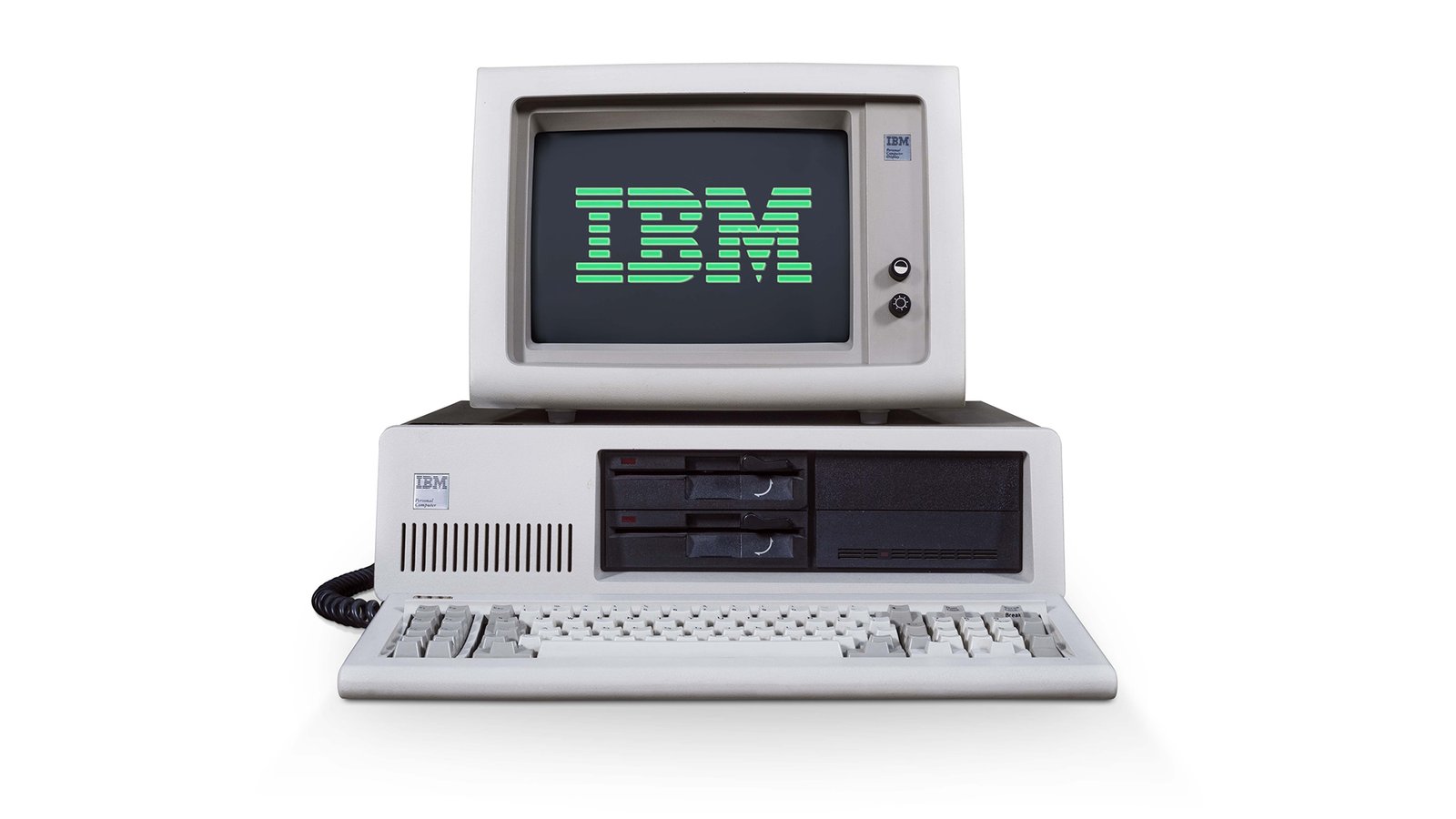The personal computer revolution began in earnest in the early 1980s, with IBM’s entry into the market marking a significant turning point. The IBM PC and personal computing landscape changed dramatically as individuals gained access to machines that were previously reserved for large businesses, governments, and research institutions. The concept of a computer for personal use was in its infancy, but IBM’s groundbreaking introduction paved the way for a digital transformation.
IBM PC and Personal Computing: A Game Changer
In 1981, IBM introduced the IBM Personal Computer (IBM 5150), a machine that would redefine the computing landscape. Unlike previous computers, which often had proprietary hardware and software, the IBM PC was designed with an open architecture. This meant that third-party companies could develop compatible hardware and software, fueling rapid growth and innovation in the industry.
Key Specifications of the IBM 5150:
- Processor: Intel 8088, 4.77 MHz
- Memory: 16 KB (expandable to 256 KB)
- Storage: Optional floppy disk drives
- Operating System: PC-DOS (developed by Microsoft)
- Display: Monochrome or Color Graphics Adapter (CGA)
The IBM PC’s adoption of Microsoft’s MS-DOS operating system played a crucial role in its success. Microsoft’s licensing model allowed other manufacturers to create IBM-compatible PCs, giving rise to the term “IBM clone.”
Early Competitors and Their Innovations
While IBM was a dominant player, it was not the only company working on personal computing. Several other companies contributed to the early PC era with their own unique innovations:
1. Apple Computer (Apple II, 1977)
- One of the earliest successful personal computers
- Offered color graphics and an easy-to-use interface
- Developed by Steve Wozniak and marketed by Apple co-founder Steve Jobs
2. Commodore PET (1977) and VIC-20 (1980)
- Targeted at home users and small businesses
- Affordable pricing helped popularize personal computing
3. Atari 400/800 (1979)
- Strong gaming capabilities and high-resolution graphics
- Early introduction of plug-and-play cartridge software
4. Tandy TRS-80 (1977)
- Sold through RadioShack stores, making it widely accessible
- Became a favorite among hobbyists and small businesses
The Legacy of IBM PC and Personal Computing
The open architecture of the IBM PC laid the foundation for today’s personal computing industry. It encouraged third-party hardware and software development, leading to a diverse ecosystem of compatible machines. This approach also helped Microsoft establish dominance in the operating system market, as MS-DOS and later Windows became the standard for IBM-compatible computers.
As the 1980s progressed, competition intensified, and advancements in hardware and software continued at a rapid pace. This period set the stage for the rise of graphical user interfaces and more powerful computing devices, leading to the next phase of personal computing evolution.
In the next part of this series, we will explore the rise of graphical user interfaces and the battle between Apple’s Macintosh and Microsoft Windows, which transformed how people interacted with computers forever.

